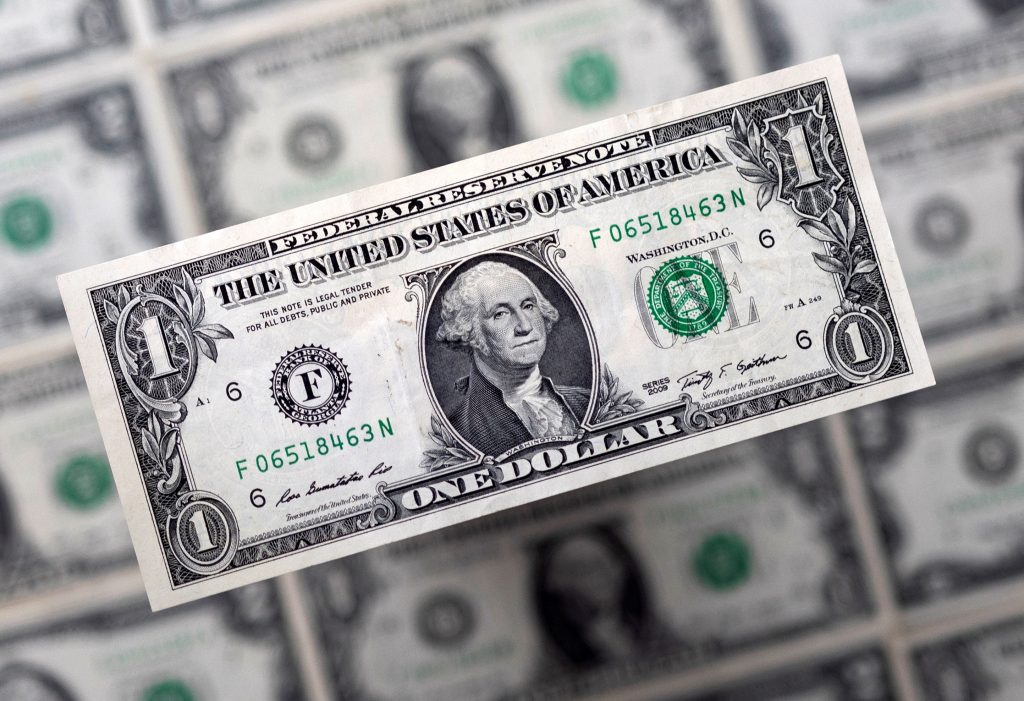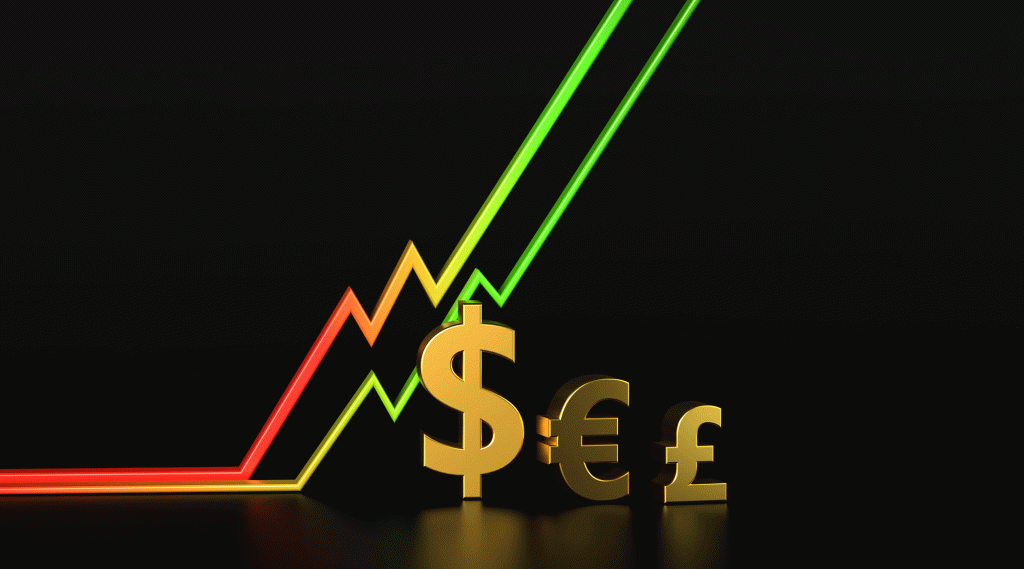(Reuters) – The dollar dropped to a fresh four-month low on Thursday after the Federal Reserve indicated that its interest-rate hike cycle has ended and that lower borrowing costs are coming in 2024.
On a busy day for policy announcements in Europe, the Norwegian crown strengthened after a rate hike, while the Swiss franc was little changed after the Swiss National Bank held rates. The Bank of England and European Central Bank announce policy later in the day.
Fed Chair Jerome Powell said at Wednesday’s Federal Open Market Committee (FOMC) meeting that the historic tightening of monetary policy is likely over, with a discussion of cuts in borrowing costs coming “into view”. Policymakers were nearly unanimous in their projections that borrowing costs would fall in 2024.
“Every vehicle of Fed communication – the statement, the dots, and Powell’s press conference – was unambiguously dovish,” said RBC strategist Blake Gwinn.
“This shift was perhaps most obvious when Powell admitted that the committee discussed the appropriate timing of cuts at the meeting.”
The U.S. dollar index, which measures the greenback against a basket of currencies, slipped as far as 102.42, its lowest since mid-August. It was last down 0.3% at 102.57.
Markets are now pricing a more than 85% chance of a rate cut in March, according to CME FedWatch tool, compared with 40% a day before. Traders are pricing in a one-in-five chance that the Fed cuts rates next month.
The SNB kicked off Europe’s busy day of central bank announcements by holding rates steady at 1.75%, as expected. The franc remained weaker against the euro but a touch stronger against the softer dollar after the announcement, as the central bank acknowledged that inflationary pressure has decreased slightly over the past quarter.
The Norwegian crown meanwhile rose against both the euro and dollar after the Norges bank unexpectedly raised rates by 25 basis points to 4.5%, adding that it would likely stay at that level for some time.
Eyes were now turning to announcements from the BoE and ECB which are both likely to keep interest rates unchanged, with markets watching for communication around possible easing of policy in 2024.
“Policymakers from both central banks have made attempts to row back against recent market moves but so far with only limited effect,” noted Lloyds Banking Group (LON:LLOY) economist Hann-Ju Ho.
“It is their guidance on next year’s policy actions that will command attention.”
The yen continued to strengthen in the wake of the greenback’s tumble, climbing to its highest since July 31 at 140.95 yen per dollar. It was last up around 0.9% at 141.58 per dollar.
The dovish FOMC meeting may have caught some traders who were bearish on yen and bullish on the dollar by surprise, prompting them to quickly unwind positions, said Masafumi Yamamoto, chief currency strategist at Mizuho Securities.
Japanese exporters who haven’t yet increased hedge ratios are likely rushing to make adjustments as well, he added.
Expectations that the Bank of Japan (BOJ) could end negative interest rates at its monetary policy meeting on Dec. 18-19 have largely died down, but the BOJ could make tweaks to its statement, such as language that the bank will not hesitate to ease further if necessary, said Yamamoto.
That kind of change could “be regarded as one step toward normalisation…so that could be positive for the Japanese yen,” he said.
The Australian dollar, meanwhile, hit over a four-month high at $0.6728 after domestic net employment jumped by 61,500 in November, compared to an increase of around 11,000 that markets had been forecasting.
The kiwi rose over 1% versus the greenback to as high as $0.6249, despite data showing the New Zealand economy unexpectedly contracted in the third quarter.
In cryptocurrencies, bitcoin was down 0.3% at $42,772.



